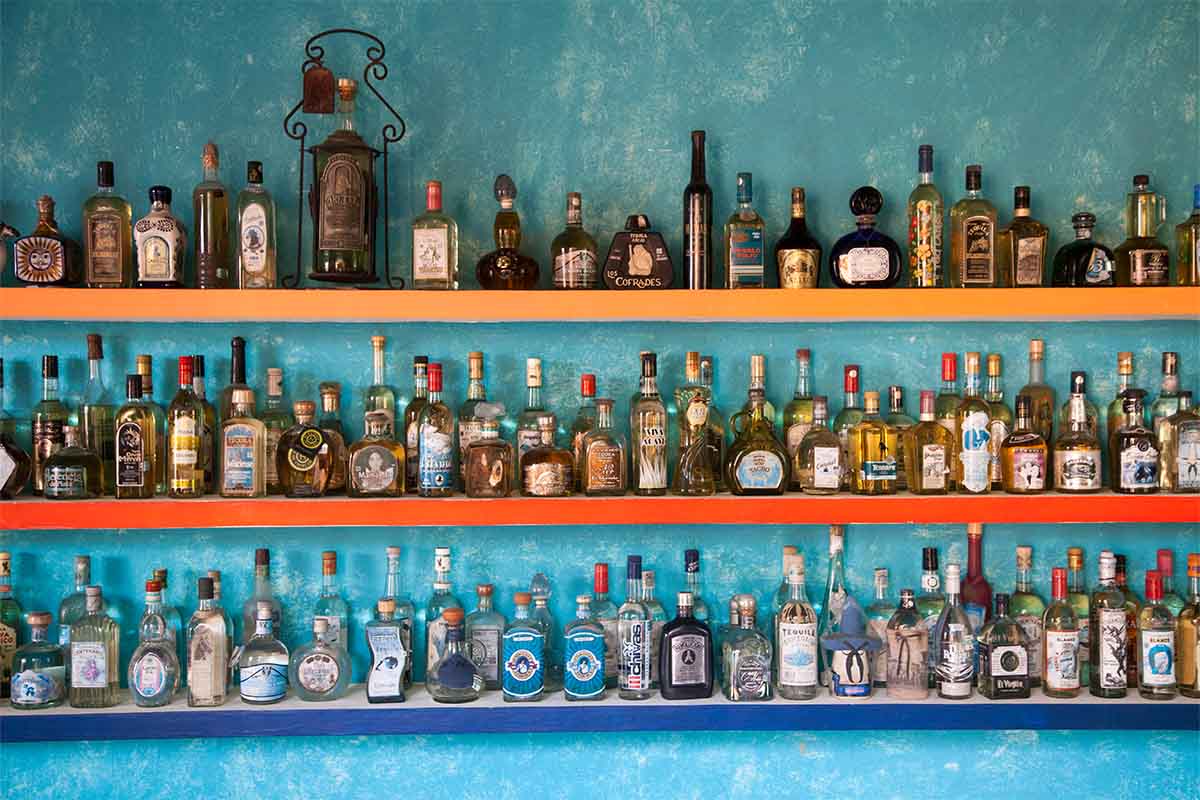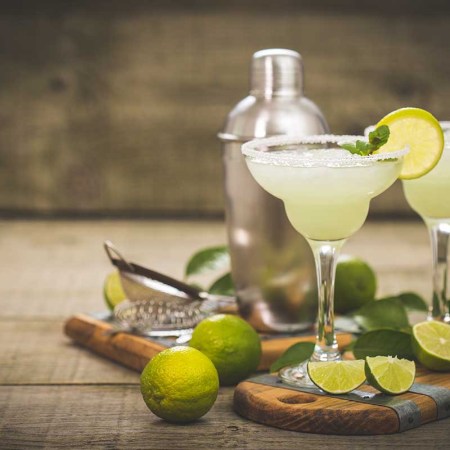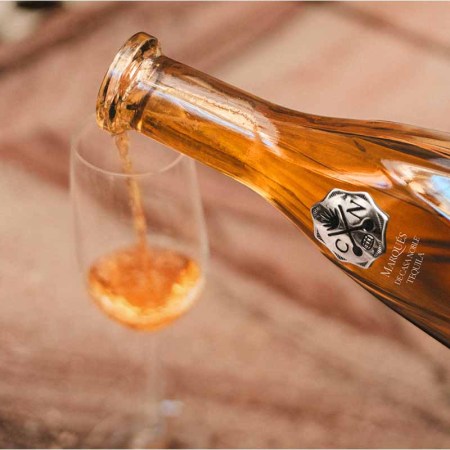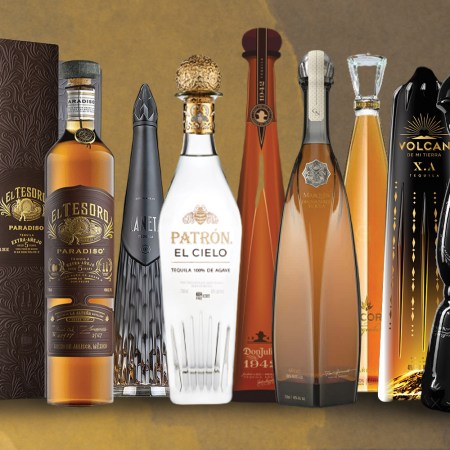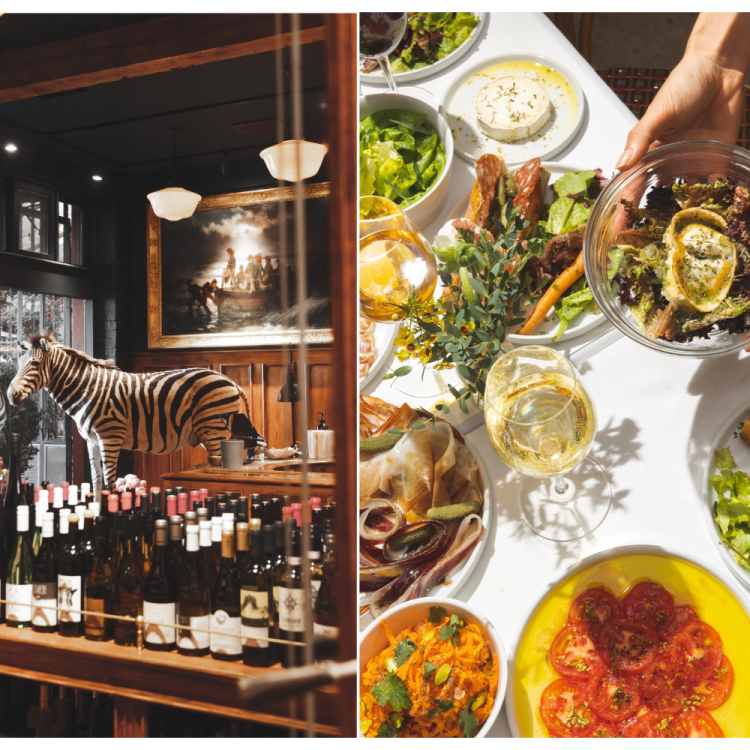Ever wonder why so many celebrities, including those whose knowledge of Mexico doesn’t go beyond a two-week stay in Cancun, launch their own tequila brands as opposed to, say, whiskey? Well, maybe they really love tequila. Maybe they feel, for whatever reason, that because they’ve had a hit movie or sold out an arena tour, their genius extends to agave spirits as well. What doesn’t often get talked about is that after three years of barrel aging, a point at which Scotch whisky is just beginning its aging journey and the vast majority of bourbons still aren’t in their prime, you can have five very different and 100% mature expressions of tequila ready to bottle — which makes these tequila-happy celebs seem like pretty savvy investors, even if they don’t know their agave from their elbow.
Here’s where you’ll learn all about those five categories — four of which didn’t exist until relatively recently, and one of which is still so new that it’s not yet officially recognized. Tequila’s been around since the 16th century, give or take, and for almost that entire time it’s been consumed un-aged, in the form we know today as silver or blanco tequila (more on that later). According to some historians, aged tequila dates as far back as 1800, but whether the barrels were used to impart color and flavor or merely for storage and transport, we don’t know. At some point, likely in the 20th century, barrel-aged tequila became a thing, but it wasn’t officially recognized as such until 1964, when the first laws distinguishing añejo (aged) and blanco (unaged) tequila were established. Later in the decade, the laws were further codified and reposado (rested) became the newest tequila category.
What’s the Difference Between Tequila and Mezcal?
It’s a great deal more than just “smokiness”Starting in the ‘90s and accelerating at the turn of the millennium, tequila transformed itself from the cheap stuff pounded with salt and limes at frat parties to a respected sipping spirit, the finest examples of which could stand proudly alongside the best whiskies and Cognacs. Hifalutin connoisseurs didn’t just want aged tequila, they wanted extra-aged tequila, subscribing to the myth prevalent among whisky drinkers that older equals better. Enter the extra añejo category. Most recently, in the 2010s, cristalino became, unofficially, tequila category number five. (Meanwhile, if you want to know about mixto tequilas, which are not 100% Blue Weber agave, more info here.)
How did we get from there to here? Let’s walk through the five main styles of tequila — and, while we’re at it, the history of Mexico’s most famous import.
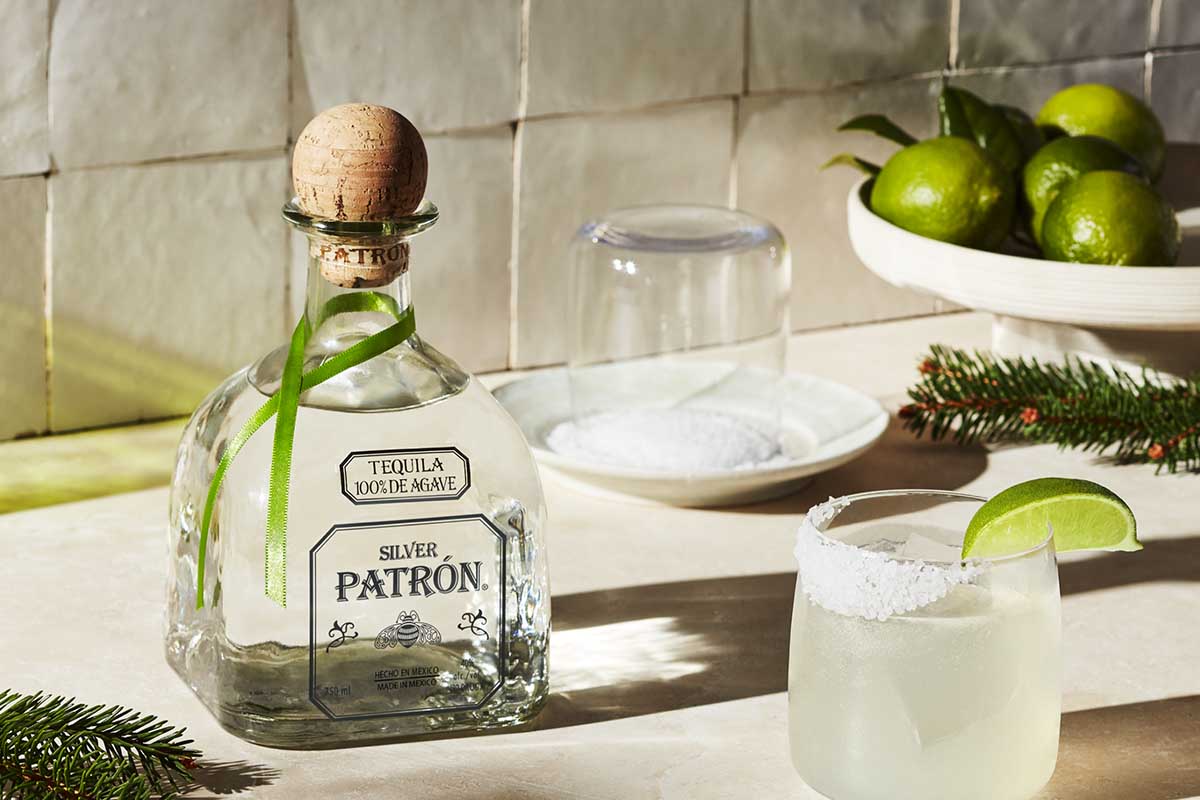
Blanco
For most of its long history, when you said “tequila,” you were talking about an unaged spirit, also known as blanco. When made badly, it can be harsh and astringent and altogether unpleasant. But a good blanco can be a sublime experience — the earthy, vegetal notes of the agave really stand out, as do the mineral notes from the soil in which it was grown. Blancos can be aged in oak for up to two months, but for the most part they are bottled without touching a barrel. Without the oak’s influence to cover up or smooth out any unpleasant flavors, it’s the best way to judge the quality of a distillery.
For those who think terroir only exists in wine, the right blanco will convince them otherwise. Blancos were seen primarily as mixers as añejos and then extra añejos became the hip way to drink tequila, but now the pendulum is swinging in the opposite direction. Of course, you can use a blanco to mix up a mean Margarita or Paloma — Olmeca Altos and Tapatio are two solid, reasonably priced options. But more tequila drinkers are sipping blancos, especially higher-priced bottlings like Patron Silver or Tequila Ocho. It’s the closest you’ll get to the agave fields of Jalisco without a plane.
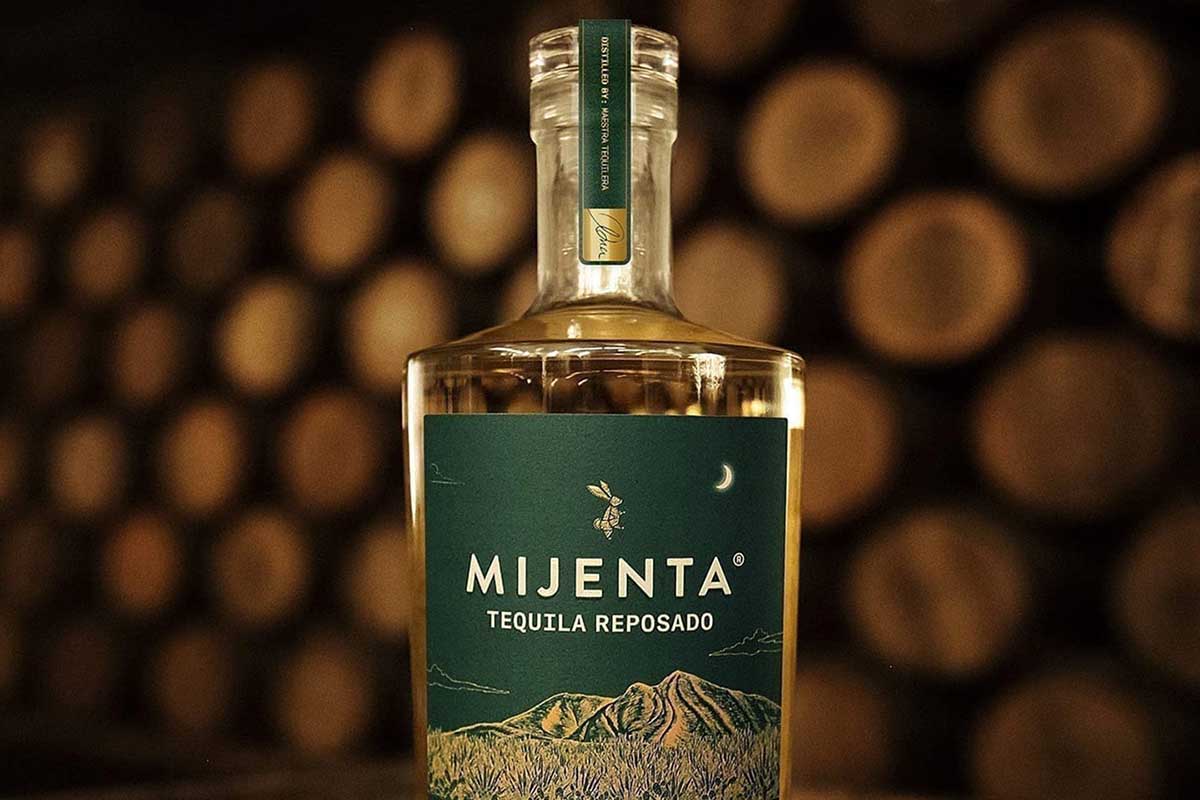
Reposado
Defined as a tequila aged between two months and one year, reposado has been an official tequila category since 1968. Repos can tend to get lost in the shuffle between the pristine purity of blancos and the more rounded, oak-influenced añejos. But for many, reposado is a Goldilocks tequila, the equivalent of a VSOP Cognac. The barrel’s influence is there to soften and mellow the more intense agave flavors while adding vanilla and caramel to the mix, but it doesn’t completely overwhelm the agave, as is the case with many añejos. Reposados are also versatile, delicious as sippers or mixers. Mijenta and El Tesoro’s repos are as tasty as the best añejos when it comes to sipping, while Don Julio and Fortaleza’s bottlings make brilliant cocktails (in all honesty, all four are terrific for whatever you want to do with them).
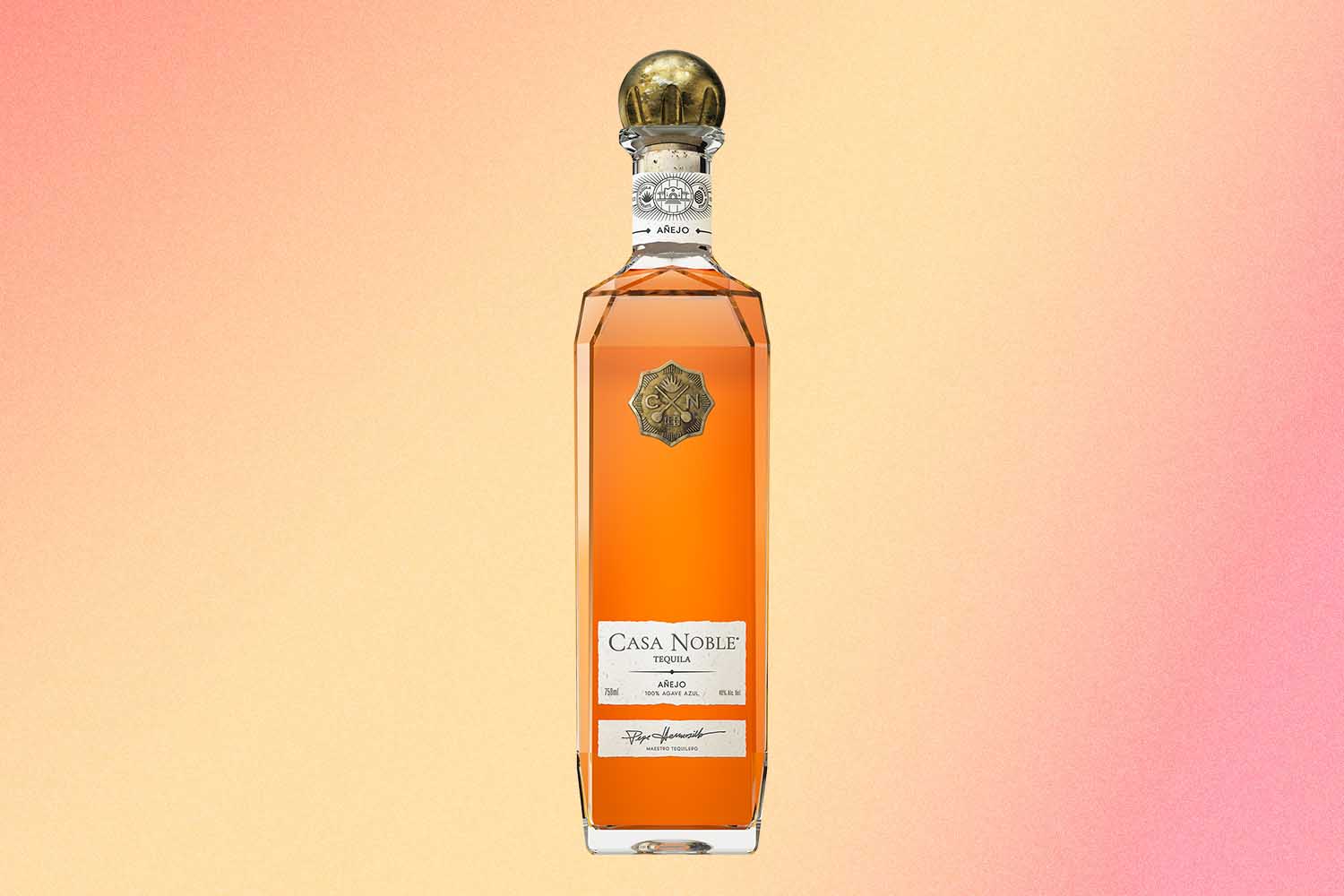
Añejo
Añejo was originally used to define a tequila that had been aged in oak for any length of time, but once reposado became recognized as its own category, añejo was redefined as a tequila that was aged for one year or longer. Nowadays, its specs have been further refined to between one and three years of aging. Typically housed in American ex-bourbon barrels, French oak or both, añejos are a great way to show tequila off to whiskey snobs — the vanilla, caramel and tannic notes imparted by the wood give it a more familiar roadmap of flavor. They’re intended — and priced — to be sipped, especially the higher-end brands like Clase Azul or Casa Noble. But hey, it’s your money, and a good añejo can make a terrific tequila Old Fashioned. Just saying.
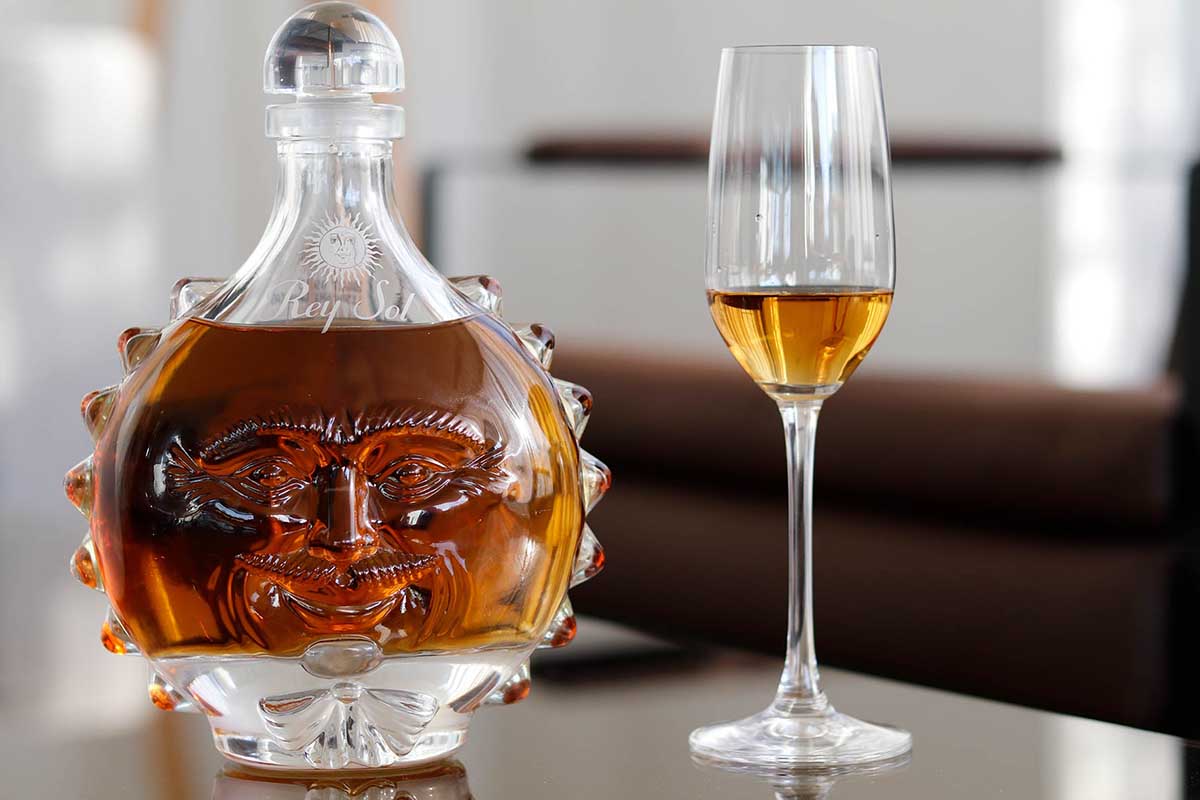
Extra Añejo
Back in the ‘90s, aging tequila for more than three years was almost unheard of. But as brands like Patron and Chinaco helped spearhead tequila’s evolution from bottom-shelf party booze to fancy-schmancy sipping spirit, the people who drank it ignored the nature of the spirit and the hot Mexican climate that accelerates barrel aging. Truth be told, tequila doesn’t need to be aged very long. But enthusiasts decided that older must mean better, and many distilleries followed their customers’ lead. In 2006, extra añejo — tequila aged longer than three years — became an officially recognized category. The result was a lot of tequilas that don’t really taste like tequila because the oak’s influence overwhelms the agave. But the best examples, such as those from Fuenteseca or San Matias Rey Sol, miraculously balance the oak and agave, creating magnificent and complex sippers (extra añejos are intended to be sipped neat).
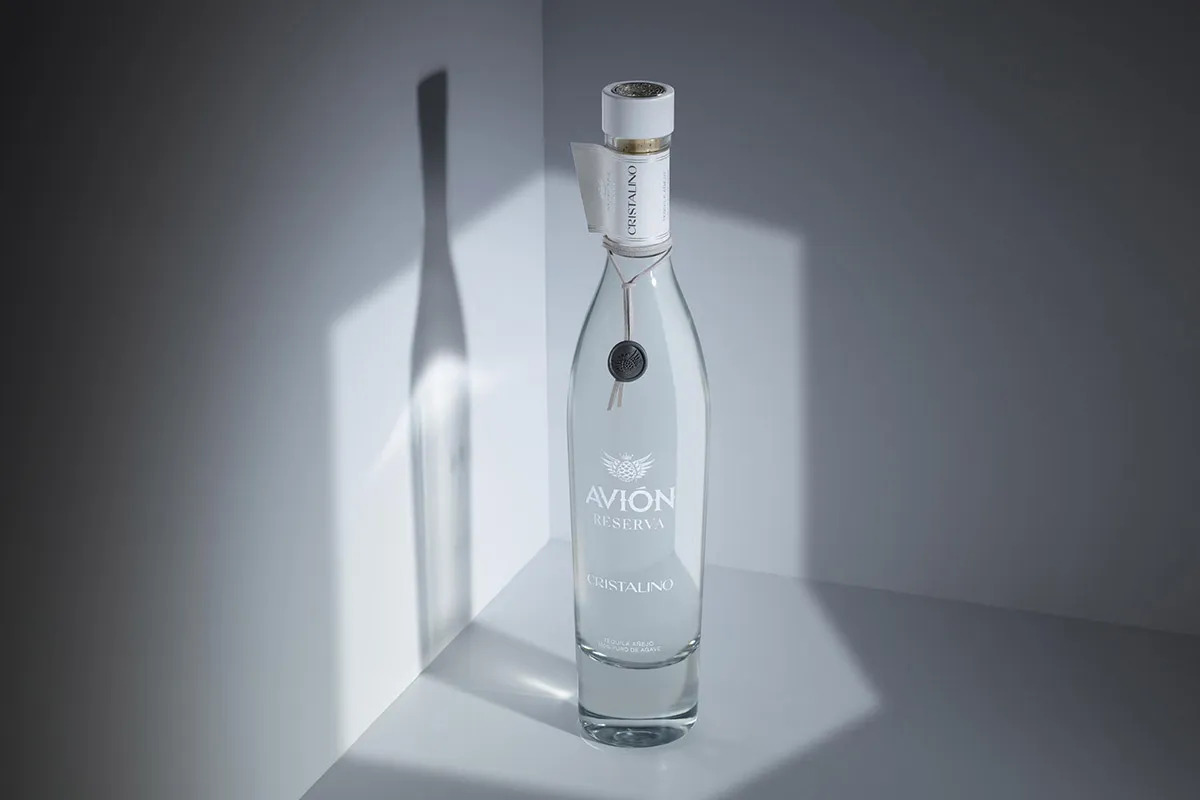
Cristalino
This isn’t an official category, at least not yet. But there are a lot of cristalinos out there and it’s become a popular — and controversial — style of tequila, so what the heck, we’re going to include it. Both Don Julio and Maestro Dobel take credit for the first cristalino expression in the early 2010s — back then it was known as “joven” (young) or “añejo claro” (clear añejo). There are no rules written in stone to define a cristalino, but it’s generally recognized as an aged tequila (two months and up) that’s been filtered to remove the color — and, in the bargain, most of the flavor as well. What’s left is a lightly sweet, very smooth melange of vanilla, coconut, almond and sometimes light citrus notes. It’s pleasant, but is it tequila? Not according to some. One distiller, who asked for anonymity, told us it was “the greatest scam ever perpetrated on the industry [epithets edited out].” For the curious or the enamored, here are a few we’ve liked. Sip them neat or on the rocks, mix them in a highball or simply say, “No thanks, I’ll have a real tequila.”
Join America's Fastest Growing Spirits Newsletter THE SPILL. Unlock all the reviews, recipes and revelry — and get 15% off award-winning La Tierra de Acre Mezcal.
